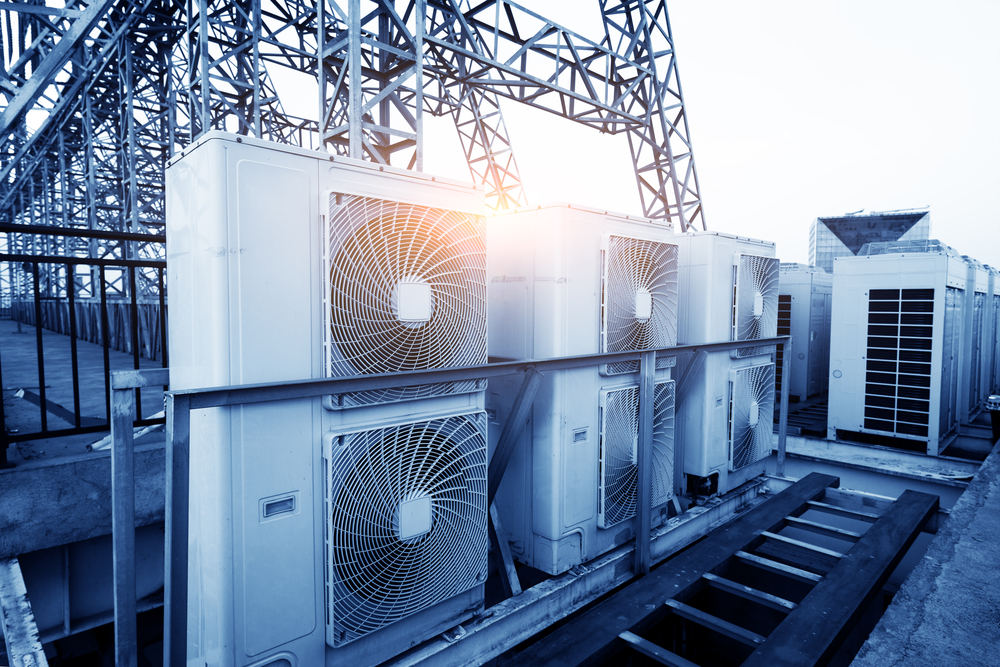In the industries, there are various complex applications of industrial fans. They are used for various purposes that include exhausting hot air out or directing air to a specific direction or even for dust collection and various other material handling jobs within the industries.
The type of fan to be installed depends a lot on the result or the application that industry owners want. There are also some engineering decisions to be taken such as the amount of airflow required that dictates the size of the propellers, the pressure of airflow to be required and the efficiency at which it can run that also dictates the associated electrical costs.
So let’s look at the types of industrial fans
There are two types of industrial fans used in the industries.
- Axial fans
- Centrifugal fans
Now let’s look at the engineering design of the fans and what their applications in the industries are.
Axial fans
Also sometimes known by the name of propeller fans these are generally used for directing air to a specific direction.
- These are used for directing linear airflow.
- The fan forces the air within the propellers parallel to the axis and in the direction of the rotating shaft.
- The fan is made of the shaft arrangement and the propellers or the fan blades.
- Within the structure of the axial industrial fans, there are guided vanes too that help to direct the airflow to a specific direction.
- Now the size and the shape of the axial fans will depend on the type of task to be done and the application for which it is installed. As far as the blade shapes are taken there are various sizes such as aerofoil and paddle with various air pitches.
Applications of axial fans
These fans are used for directing airflow and are used in various stages of industrial applications such as in the cement, paper, wood, pharmaceutical, and steel industry. These are used for various applications such as drying, ventilation, and hot air exhaust.
Centrifugal fans
Here as soon as the air enters this type of industrial fans the speed of the air is increased by the impeller. The airflow is initially in an axial direction parallel to the shaft but that is changed by 90 degrees. Thus the air from the outlet is obtained in 90 degrees to the rotation of the shaft. The air is thus discharged in a radial direction. Various driveshaft mechanisms include belt, variable, and driven.
There are also various fan blade configurations here such as curved, radial, backward curved and aerofoil types.
There are various shapes and sizes available here too depending on the amount of airflow and the pressure that is required. To further increase the flow of air and the direction is perpendicular to the rotation of the shaft there are guided vanes, dampers and louvers within the centrifugal industrial fans.
Applications of centrifugal fans
These are generally installed in the various industrial plants such as cement, steel, chemical, thermal power, etc.
There can be different needs of installing the centrifugal fans like a collection of dust, material handling, and use din boilers as an air exhaust, drying, and cooling purposes, for pollution control and recirculation of air.
There are two different types of industrial fans and these are the axial fans and the centrifugal fans. The basic difference is in the direction of airflow. In the axial fans, the flow of air output is parallel to the rotating shaft whereas in the centrifugal fans it is perpendicular to the rotation of the shaft.


